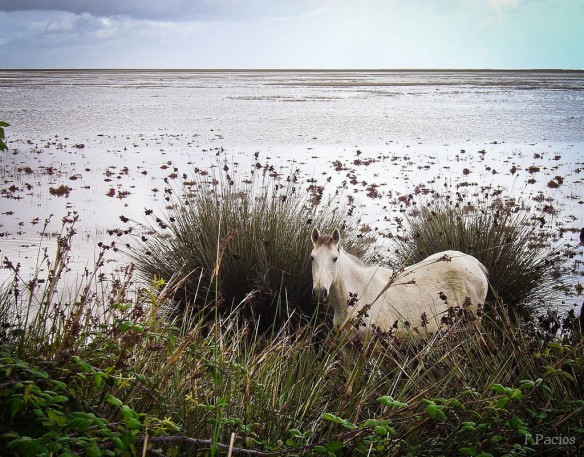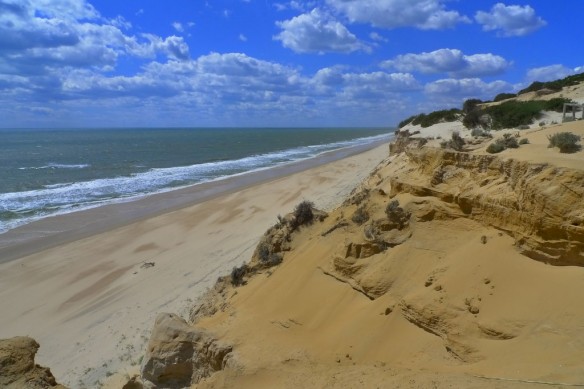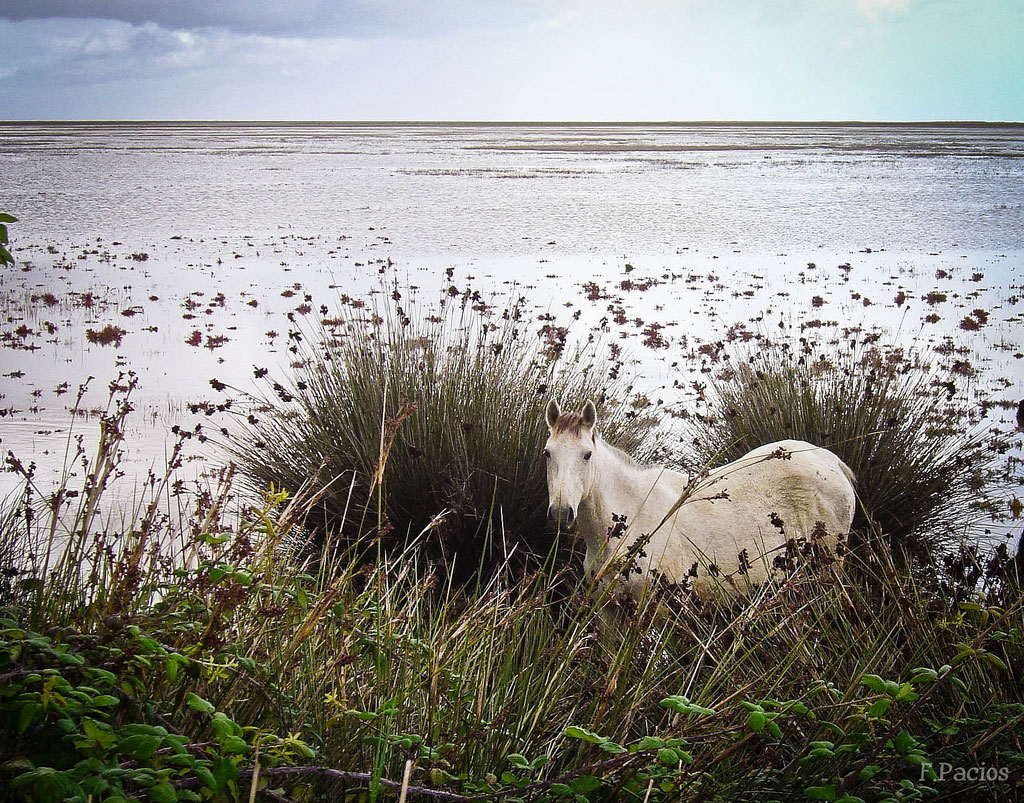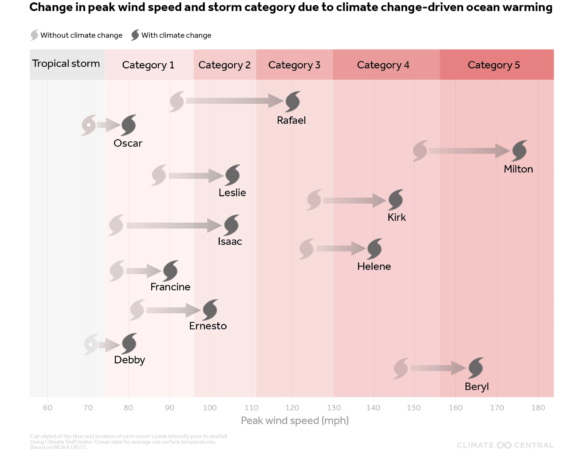
“Doñana National Park in Andalusia occupies the right bank of the Guadalquivir river at its estuary on the Atlantic Ocean. It is notable for the great diversity of its biotopes, especially lagoons, marshlands, fixed and mobile dunes, scrub woodland and maquis;” UNESCO. Photo source: ©© Scene14
Excerpts;
Doñana national park, a haven filled with rare birds and wildlife, survived a toxic flood.
Now tourism, an oil pipeline, demand for water and the return of mining have left it on a knife edge…
Read Full Article, Guardian UK

Doñana, Atlantic coast.
The configuration of the Parque Nacional de Doñana is a result of its past as the delta of the Guadalquivir river, the ‘big river’, or Wada-I-Kebir, of the Moors. But it is a delta with a difference. Unlike most, the river has only one outlet to the sea, just below Sanlúcar de Barrameda. The rest of what used to be its delta has gradually been blocked off by a huge sandbar that stretches from the mouth of the Río Tinto, near Palos de la Frontera, to the riverbank opposite Sanlúcar, and which the sea winds have gradually formed into high dunes. Behind this natural barrier stretches the marshlands (marismas).
The effect of this extraordinary mélange of land and water was to create an environment shunned by people but ideal for wildlife…Captions: Andalucia Photo source: ©© Nacho Pintos









